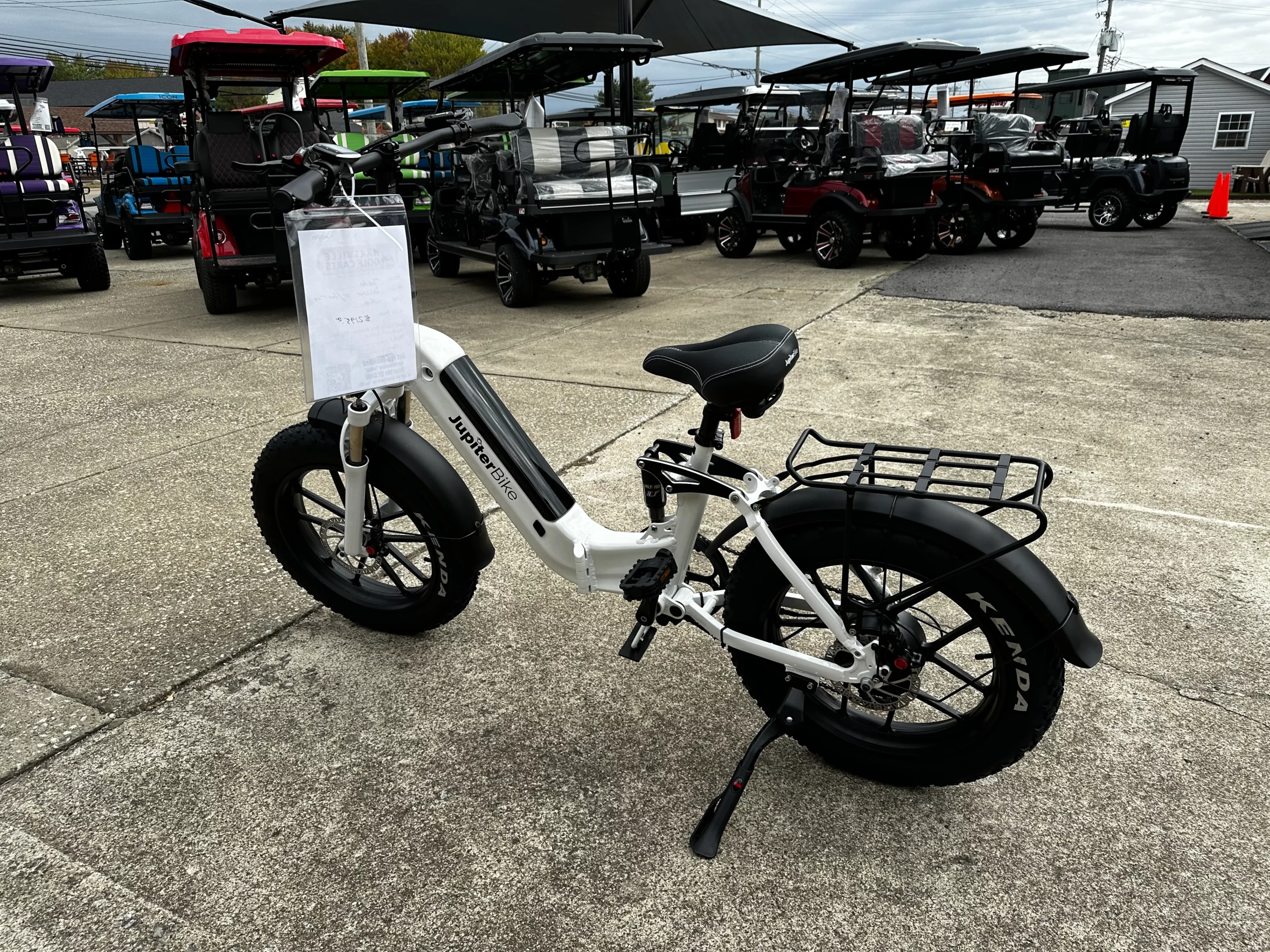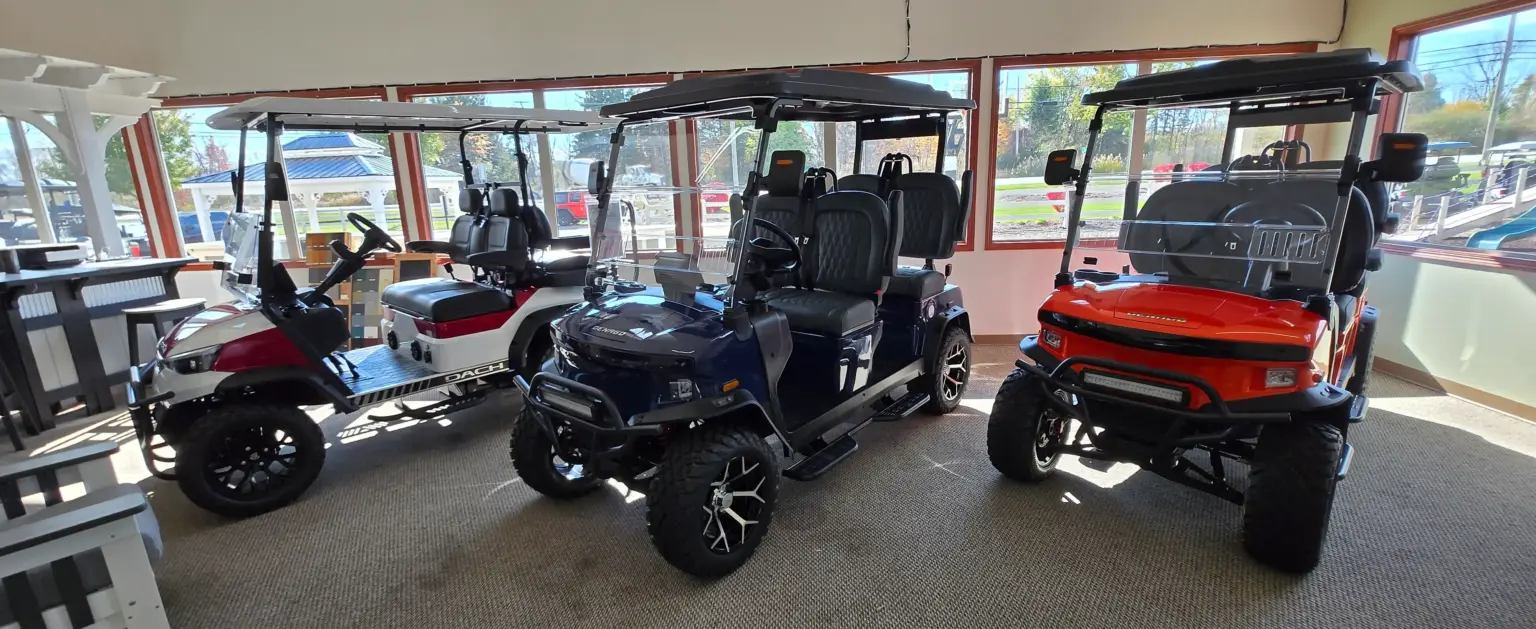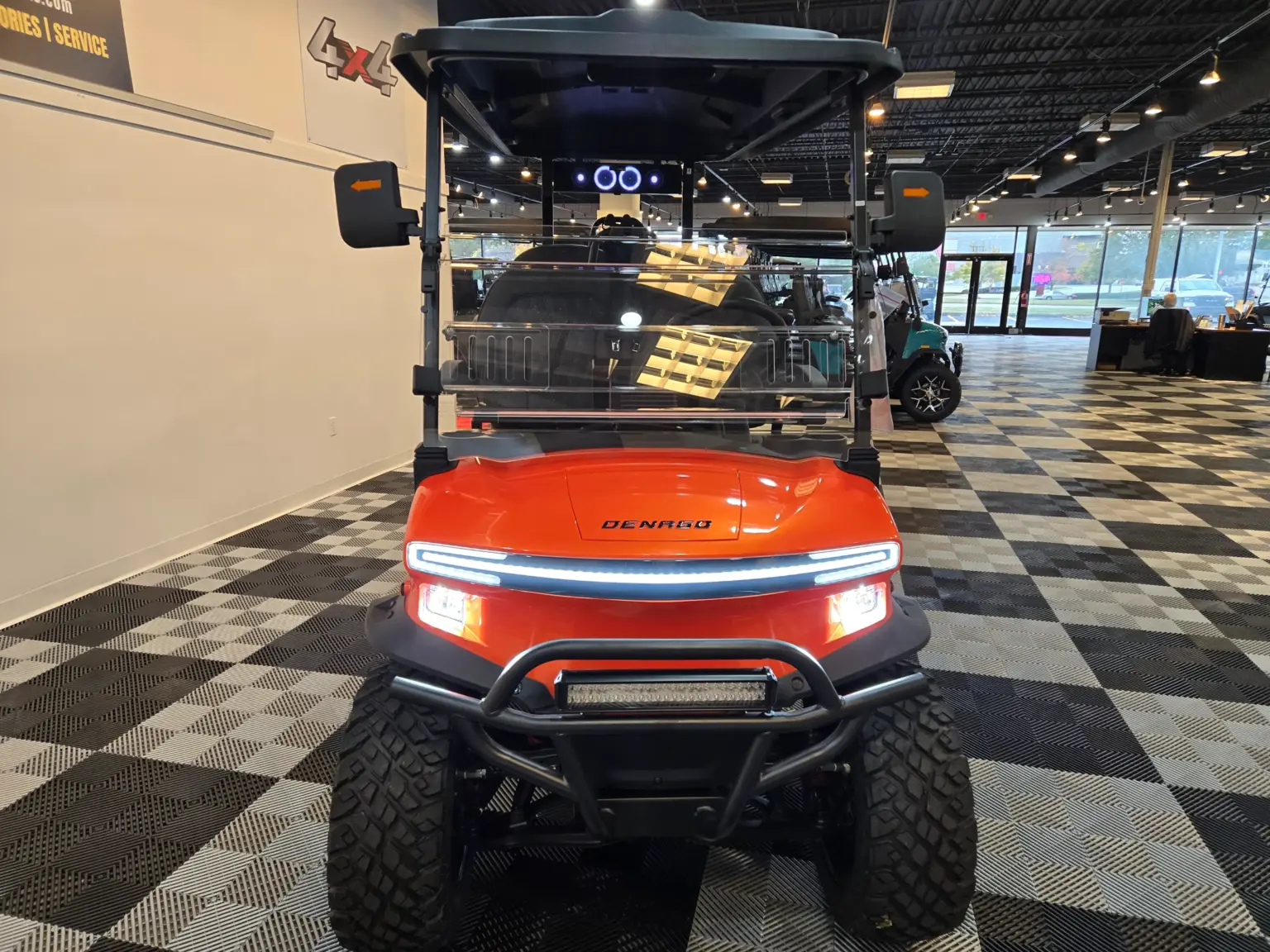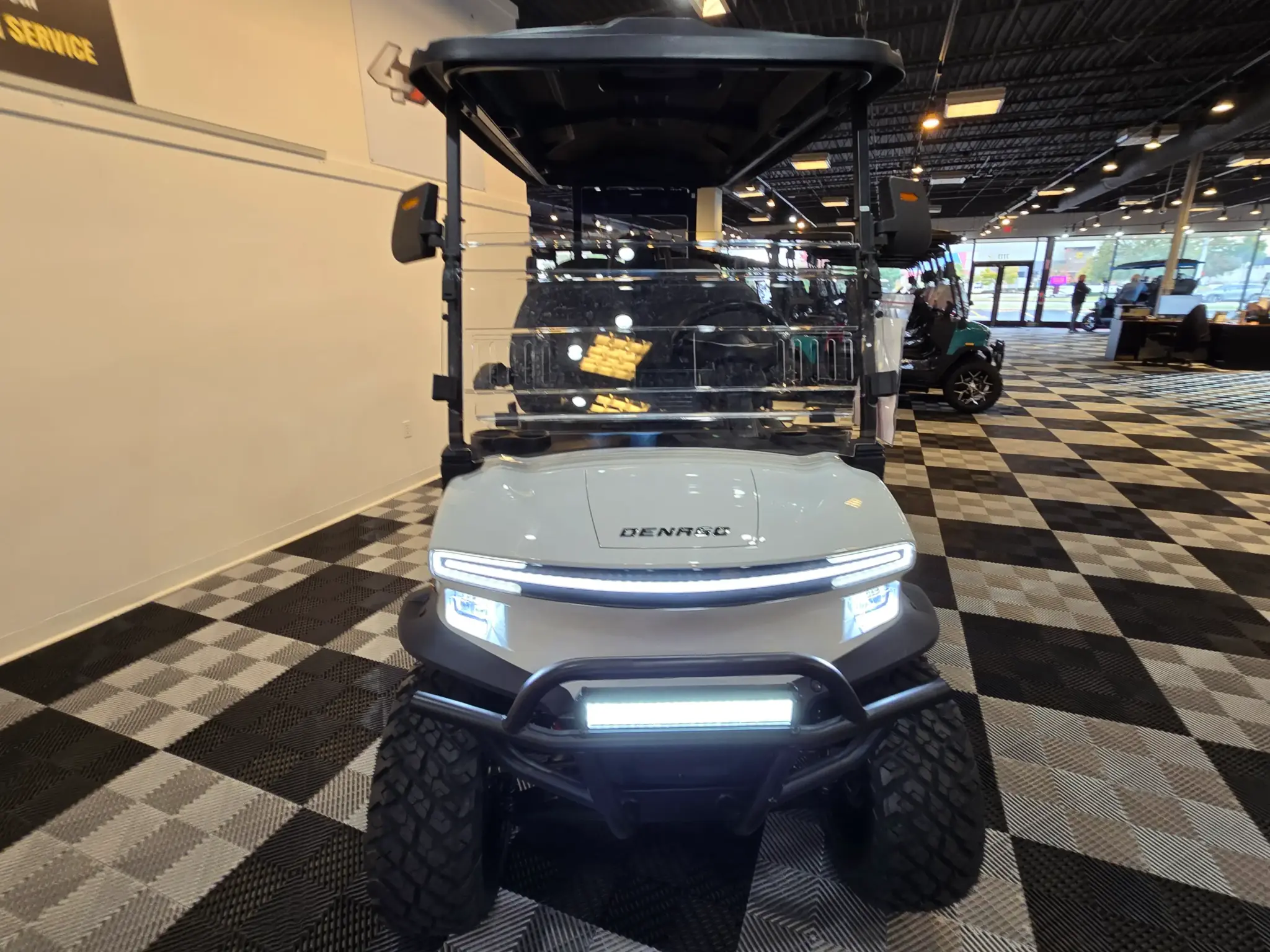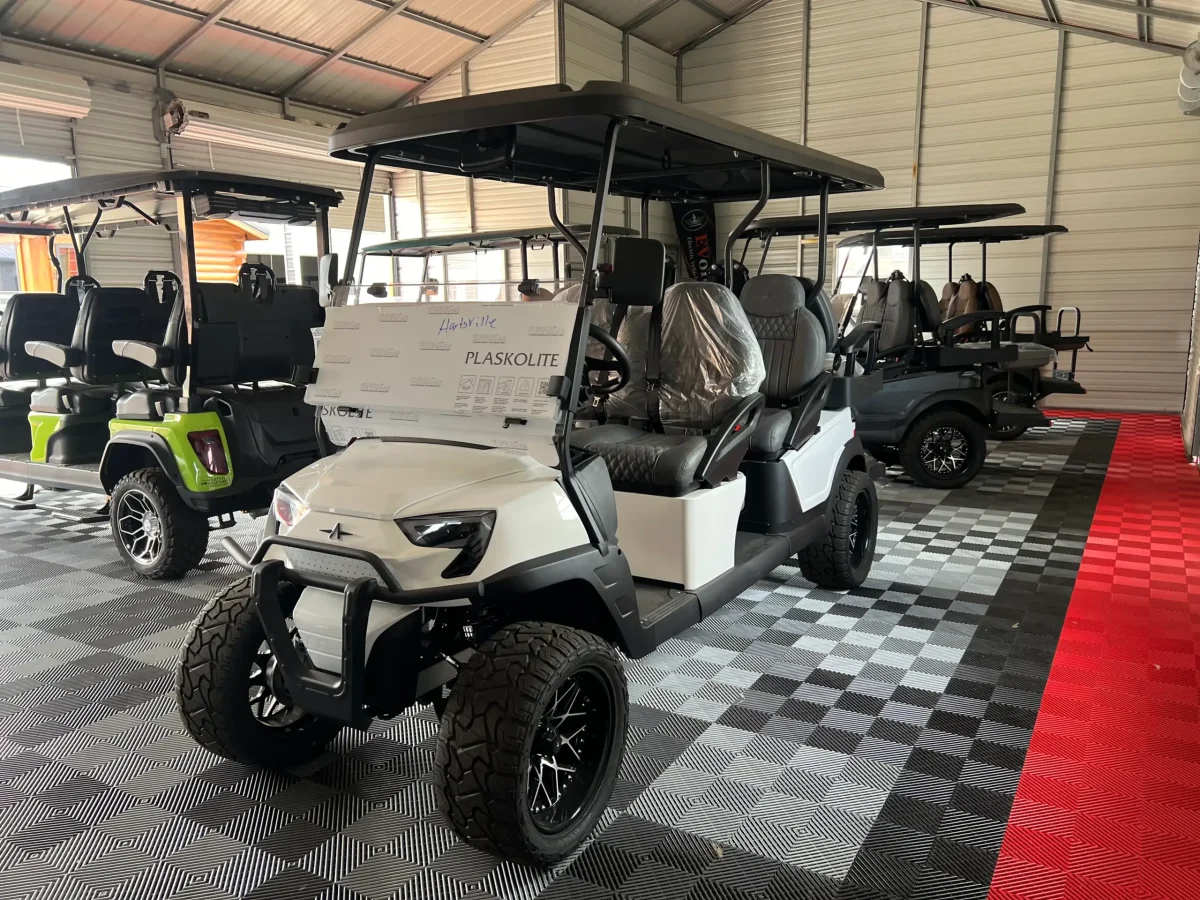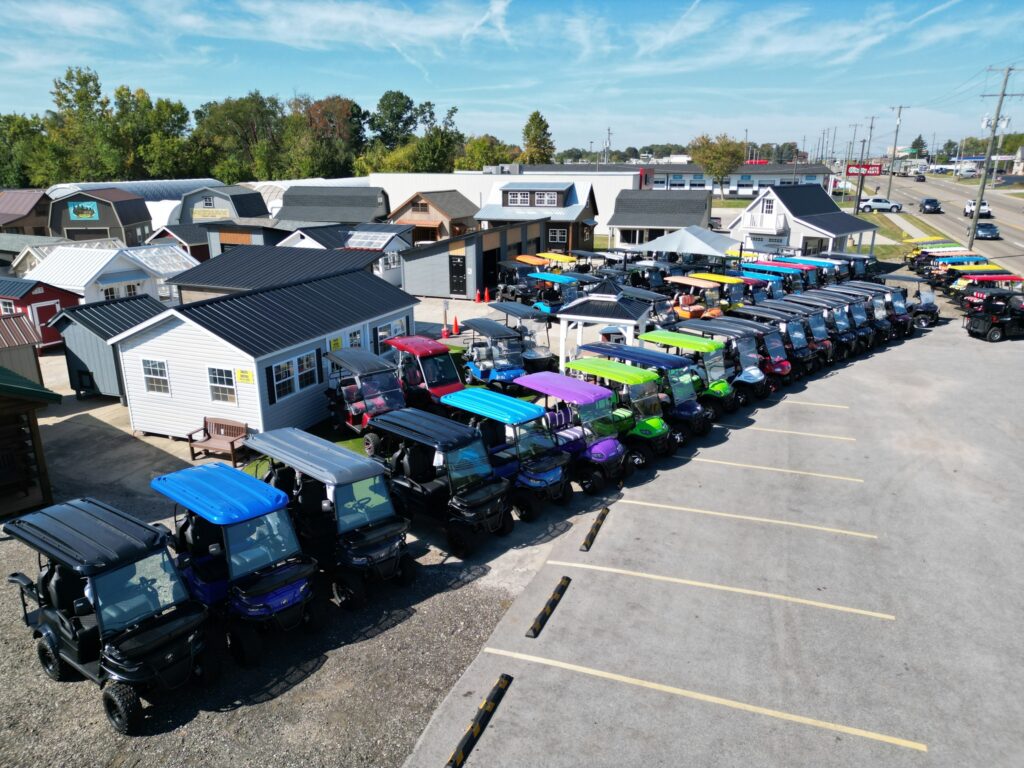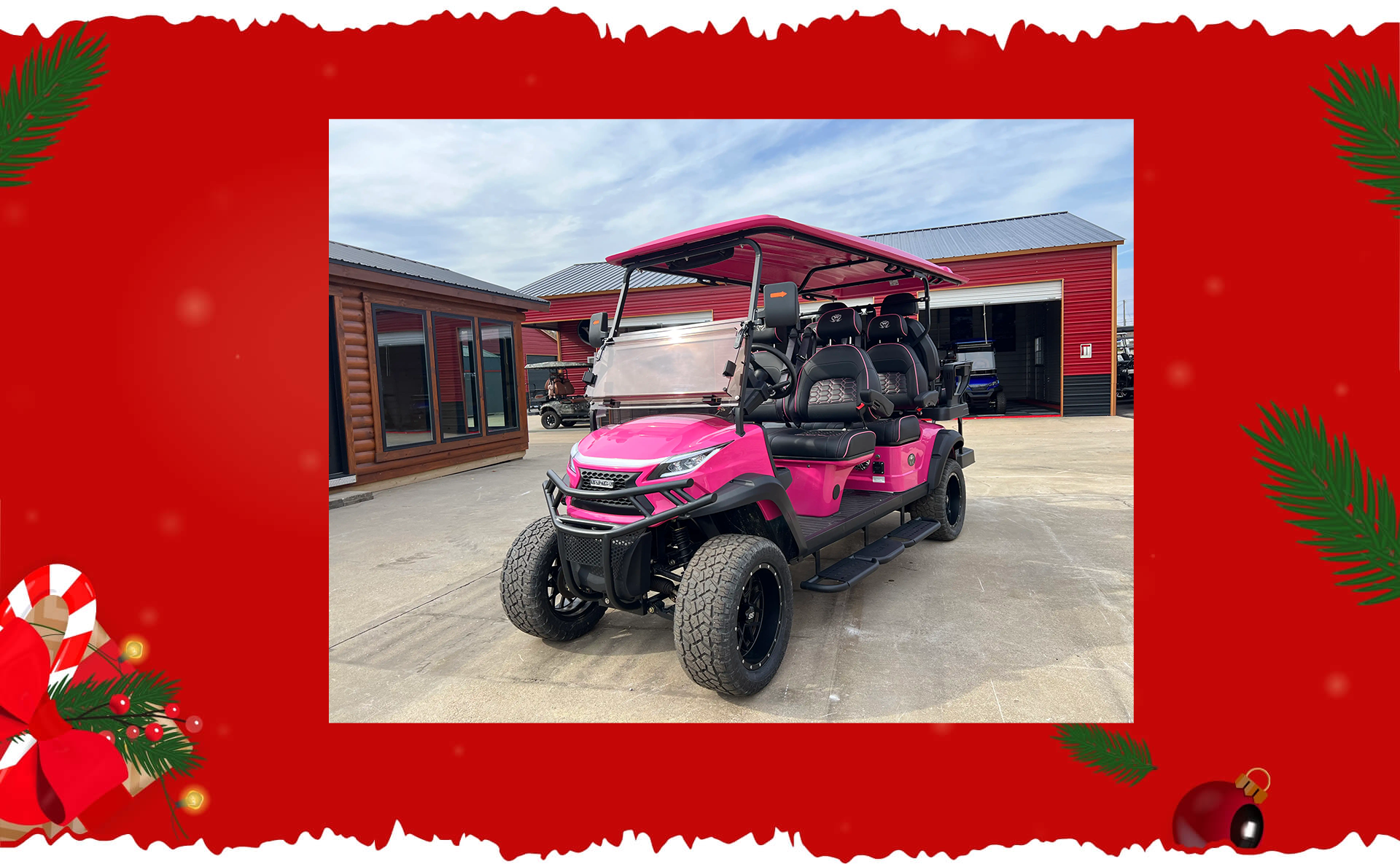You might be wondering can you ride an ebike 28 mph without pedals? Electric bikes also known as e-bikes, serve as a helpful transit choice that lets people move through cities with less impact on nature. A question many riders ask relates to speed limits and what the law permits. People want to know if their e-bike can reach 28 MPH without the need to pedal. The following sections explain the rules along with the mechanical aspects that control an e-bike’s speed capacity.
A key detail to understand is how e-bikes work and what affects their speed potential. The rules that govern e-bikes specify what each class can do. The combination of laws and technical limits set clear boundaries for non-pedal speeds. Unless you are looking to talk about a Class 3 E-Bike, let’s go over can you ride an ebike 28 mph without pedals.
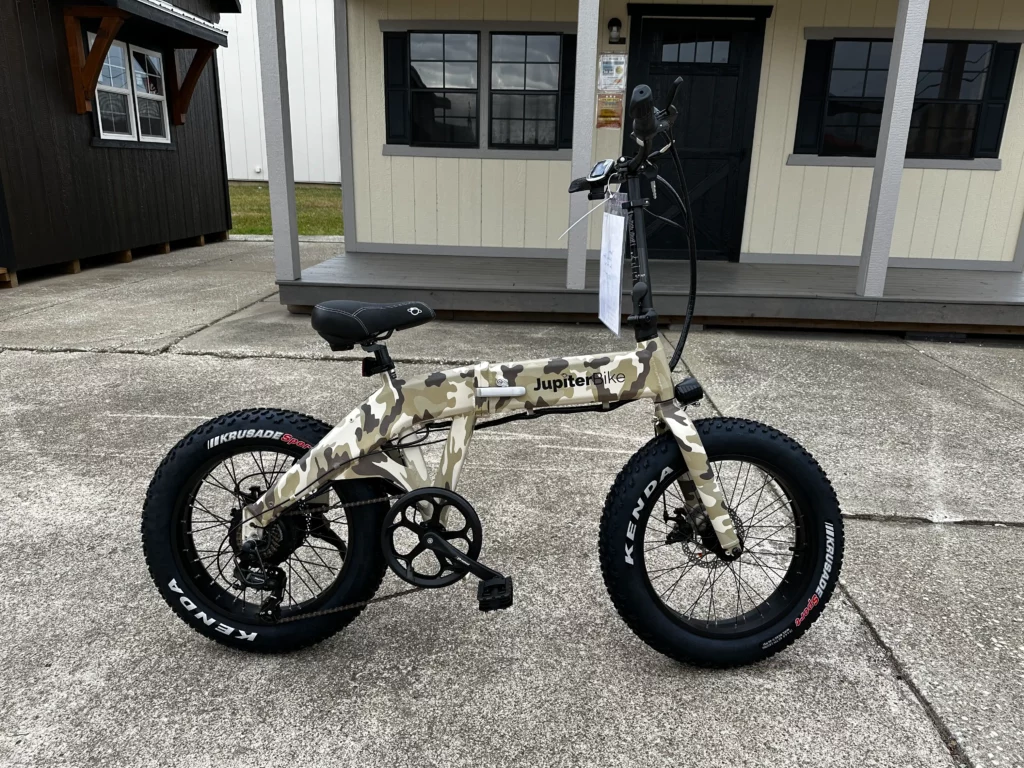
Understanding Electric Bikes
Electric bikes (e-bikes) are bicycles with an electric motor or battery that help riders pedal. In comparison to regular bikes, e-bikes offer a clean transportation choice for daily trips or fun rides. A basic e-bike includes a rechargeable battery, motor along with controls that manage power to the motor. The three main types are pedal-assist, throttle-assist as well as full-power models. Pedal-assist bikes add power only when a person pedals, which makes them feel similar to standard bikes. But throttle-assist bikes run on motor power alone without pedaling. The full-power versions give maximum motor support for an easy ride experience.
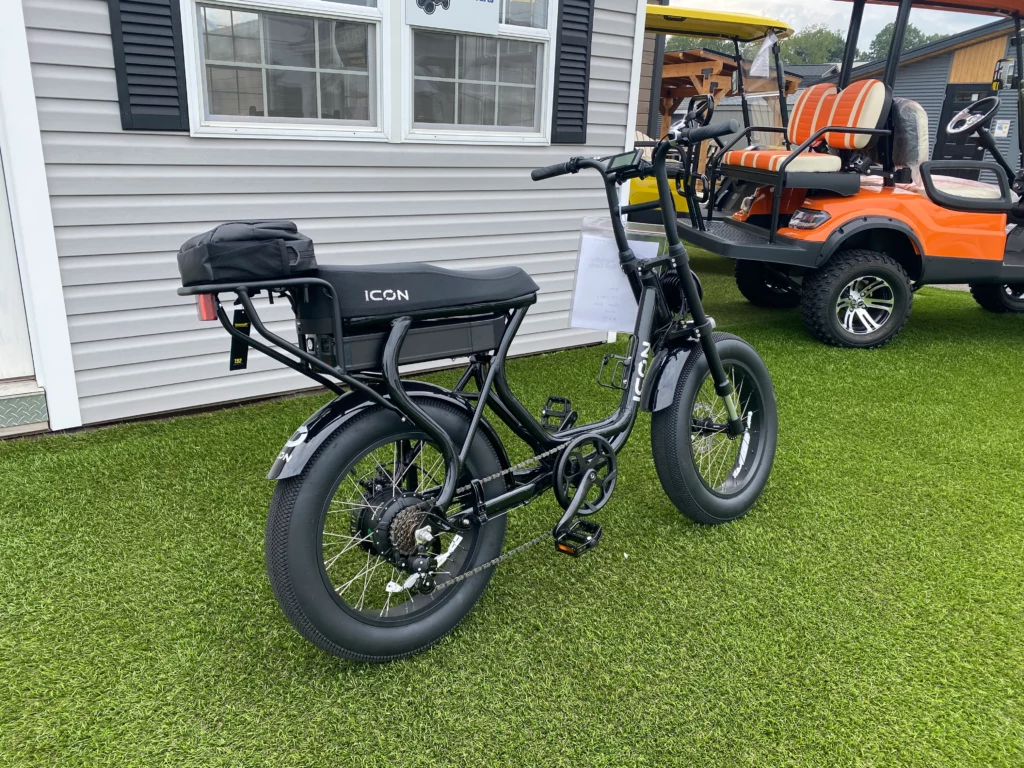
E-Bike Motor and Pedal Assist Laws
The short answer states that riding most e-bikes at 28 MPH without pedaling is not legal in many places. A set of local or national laws controls the speed along with motor power of e-bikes. Most areas classify e-bikes as ‘low speed electric bicycles’ based on rules from the Consumer Product Safety Commission. The United States places e-bikes into three groups that depend on motor power as well as the need to pedal for motor activation.
- Class 1 E-Bikes: These bikes provide assistance only while pedaling and are limited to a maximum speed of 20 MPH.
- Class 2 E-Bikes: These bikes are throttle-assisted, meaning the motor can propel the bike without pedaling, but they are also limited to 20 MPH.
- Class 3 E-Bikes: These are throttle-assisted bikes with a speed limit of 28 MPH, but only when pedaling. The motor will only assist while you are pedaling, and the e-bike will cut off the motor assistance at 28 MPH.
In essence, an e-bike that reaches 28 MPH requires pedaling, especially for Class 3 models, which allow the motor to assist up to that speed while pedaling. Without pedaling, most e-bikes are limited to a lower speed.
Legal Speed Limits for Riding Without Pedals
The U.S. law limits most e-bikes with throttle-only features to 20 MPH. This rule exists to keep e-bike speeds close to regular bicycles. A pedal assist mode lets riders reach faster speeds because the motor works with the rider’s pedaling effort. Some locations permit higher speeds for certain e-bike types but the basic rule stands: throttle-only riding caps at 20 MPH.
Class 3 e-bikes follow a 28 MPH speed limit along with a requirement to pedal for motor engagement. The law does not allow riders to reach 28 MPH through throttle alone. A modified e-bike that exceeds these limits could break local regulations in many areas.

Electric Bike Range and Distance
The range of an electric bike connects to multiple factors, such as the e-bike model, battery specifications, motor power or rider characteristics. A single charge allows an e-bike to cover 20 to 50 miles, while premium models reach up to 70 miles. The path surface affects the travel distance – flat roads or bike lanes extend the range as rough or steep paths reduce it. Wind protection along with the use of bike paths changes how far an e-bike goes. The choice between pedal assist or throttle mode influences battery life as well as total distance. The riding method makes a big impact on the actual range a rider achieves. A rider’s technique or habits determine the final outcome more than any technical specification. But the combination of all these elements leads to the actual performance each rider experiences during rides.
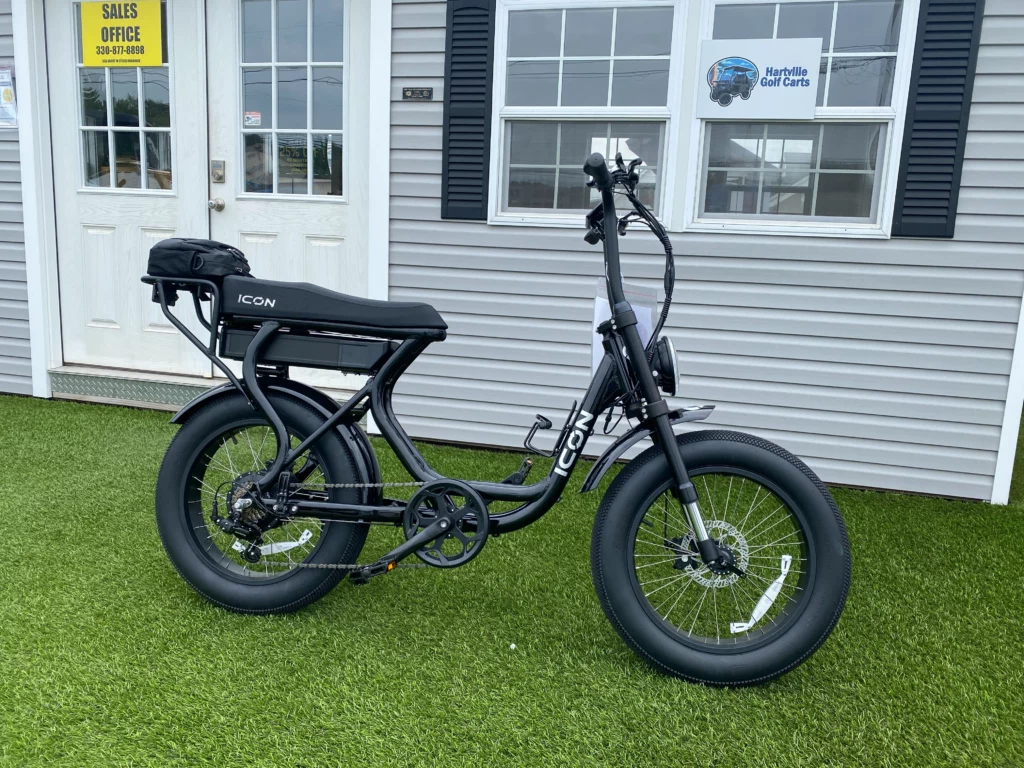
Technological Considerations
A specialized design allows certain e-bikes to reach 28 MPH without pedals. The motor delivers power based on the rider’s effort through a pedal assist system. E-bikes that go this fast often need a more powerful motor along with special throttle settings. But these changes could break local laws because of speed or power restrictions.
Standard e-bikes do not reach 28 MPH on motor power alone. The motor stops at set speeds to follow rules, which makes high-speed travel impossible without pedaling.
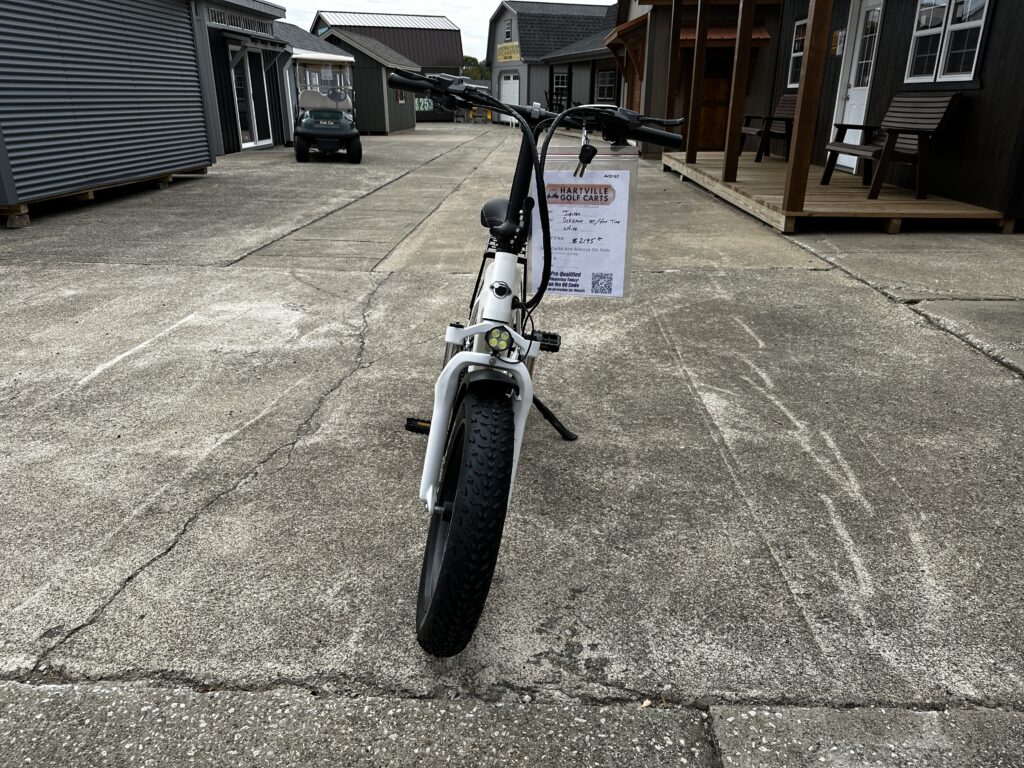
Safety Considerations
Operating an e-bike at 28 MPH requires proper safety equipment to reduce risks. Pedal assistance leads to better bike stability along with improved control at faster speeds. The chance of harm rises at high speeds when riders skip helmets or protection. A rider needs basic safety rules: helmets, reflective clothing as well as correct bike maintenance for fast rides.
The motor offers less control at high speeds if a person does not pedal. Pedal assist creates more stability on the bike but fast rides without pedals make turns harder. Rough roads need more control than what a motor alone provides.
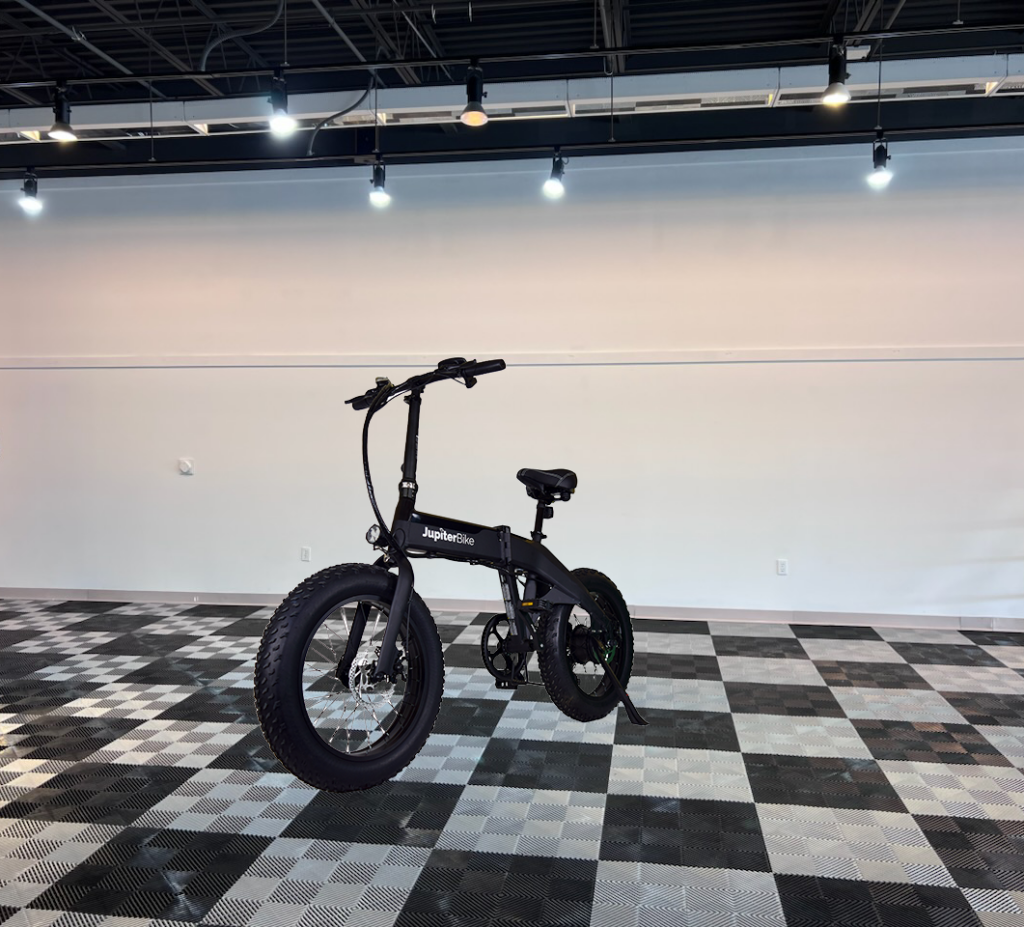
Buying Tips for Electric Bikes
When buying an electric bike, there are several factors to consider to ensure that you find the right one for your needs. Here are some tips to keep in mind:
- Determine your budget: E-bikes can range in price from a few hundred to several thousand dollars, so it’s essential to set a budget before making a purchase.
- Consider your riding style: If you plan to use your e-bike for commuting or running errands, look for a model with a comfortable riding position and a reliable motor. If you plan to use your e-bike for recreational riding, consider a model with a more powerful motor and a longer range.
- Check local laws and regulations: Before buying an e-bike, check with your local authorities to ensure that it is legal to ride an e-bike in your area. Some cities and states have specific laws and regulations governing the use of e-bikes.
- Look for a reputable brand: Research different brands and read reviews to find a reputable manufacturer that produces high-quality e-bikes.
- Test ride before you buy: If possible, test ride an e-bike before buying it to ensure that it is comfortable and easy to ride.
By following these tips, you can find an electric bike that meets your needs and provides a convenient and enjoyable riding experience.
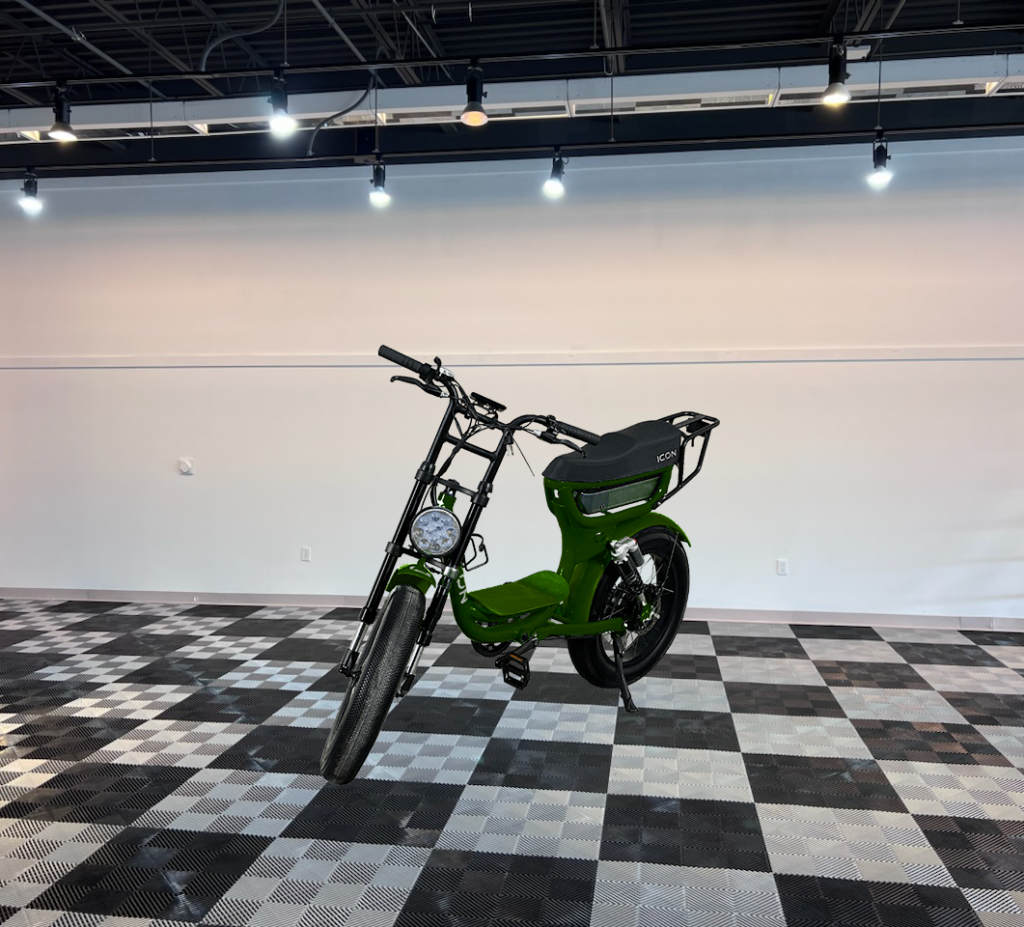
Conclusion
Some e-bikes allow speeds up to 28 MPH with pedals (Class 3 models) but laws limit the speed to 20 MPH without pedals. Changes to an e-bike that exceed speed limits break most local rules. A traditional bike needs all human power but an e-bike adds motor help for better rides over long distances. People should know their e-bike’s abilities along with local rules for operation. The safe use of throttle or pedals matters most at high speeds. Traditional bikes need human power only but e-bikes add electric support to match different riding needs. We hope this helps you understand can you ride an ebike 28 mph without pedals. If you are in the market for an e-bike, we have many ebikes for sale at our multiple showrooms and ship all product nationwide.


